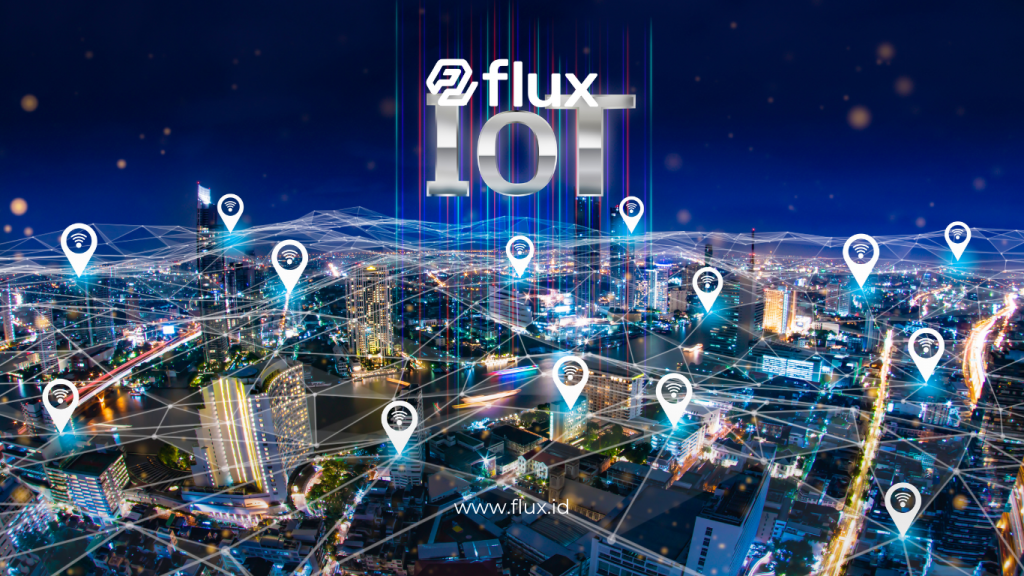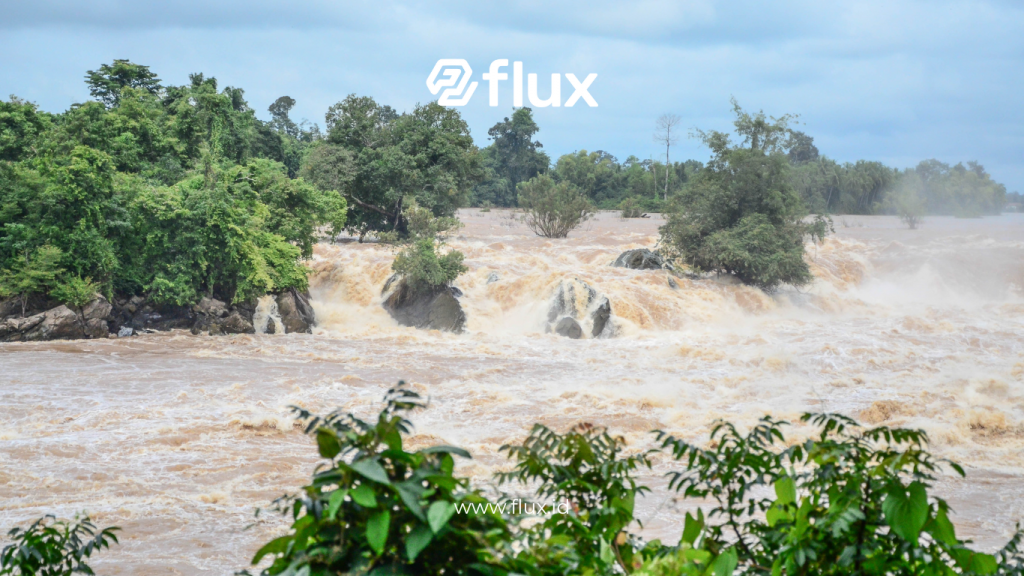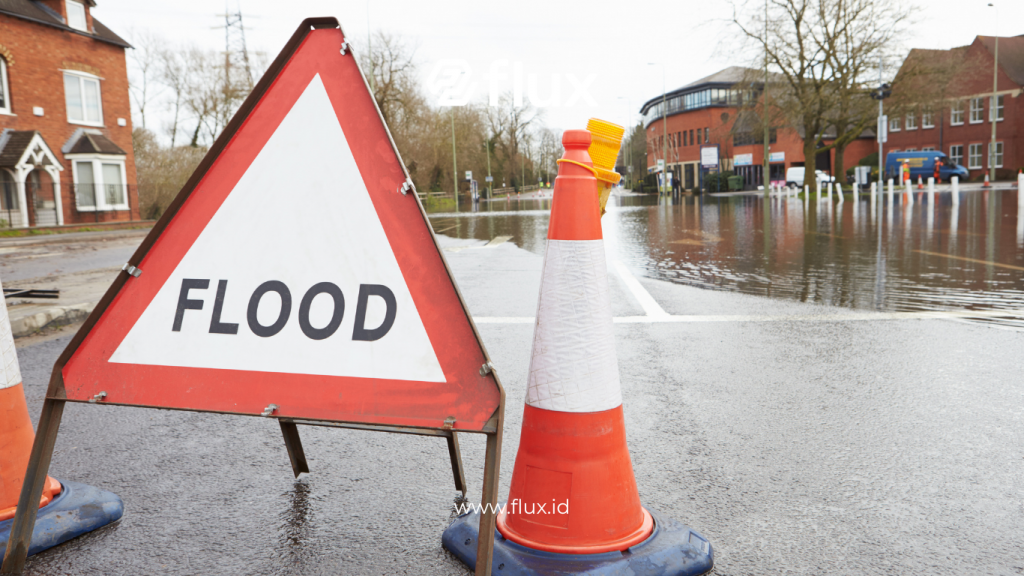Don't miss our holiday offer - 20% OFF!
Climate change has resulted in an increase in the intensity and frequency of natural disasters, especially floods, which now pose a serious threat to many areas, particularly densely populated regions. The Internet of Things (IoT) offers a smart solution by developing IoT-based flood monitoring systems, enabling real-time detection and monitoring. This technology allows government authorities and communities to respond quickly, minimizing flood risks and damage.
This article discusses how IoT-based flood monitoring systems work, the advantages of this technology, and its role in protecting communities.
Contents
- 1 1. What is IoT and How Does It Improve Flood Monitoring?
- 2 2. Benefits of IoT in Flood Monitoring Systems
- 3 3. Technologies Used in IoT-Based Flood Monitoring Systems
- 4 4. Implementing IoT in Flood Monitoring Systems
- 5 5. Challenges of IoT Implementation in Flood Monitoring Systems
- 6 6. The Future of IoT in Flood Monitoring
- 7 Conclusion
1. What is IoT and How Does It Improve Flood Monitoring?

Read More: IoT-Based Flood Management: Leveraging Data for Safety and Preparedness
IoT is a network of interconnected devices that collect and exchange data automatically. In flood monitoring systems, IoT connects various sensors strategically placed in areas prone to flooding, such as rivers, reservoirs, and lowlands.
How Does This System Work?
Essentially, IoT-based flood monitoring systems use sensors to measure specific parameters, including:
- Water Level: Sensors installed around rivers and reservoirs to measure changes in water levels.
- Rainfall: Rain sensors measure rainfall intensity, helping predict potential floods.
- Soil Moisture: Soil moisture sensors monitor soil absorption levels, which help anticipate landslide risks.
The data collected from these sensors is analyzed automatically and then sent to a control center or an application accessible to authorities and the public for precautionary actions.
2. Benefits of IoT in Flood Monitoring Systems

Read More: IoT Innovation in Flood Detection and Mitigation: Developing a Solution Strategy
IoT-based flood monitoring systems offer significant benefits for flood disaster mitigation:
a. Early Detection and Warning
With real-time monitoring, IoT systems can issue early warnings before a flood occurs. For example, when sensors detect rising water levels, the system will send alert notifications via applications or local alarms.
b. Fast and Effective Response
Accurate and up-to-date data simplifies emergency planning for authorities, enabling them to respond effectively. Real-time information allows them to understand the current situation and decide on necessary actions such as evacuation.
c. Integrated Monitoring at Multiple Locations
IoT enables monitoring across multiple locations simultaneously. Sensors installed at different points can connect within a single system, providing a comprehensive view of environmental conditions.
3. Technologies Used in IoT-Based Flood Monitoring Systems

Read More: IoT Sensors for Flood Monitoring: Providing Real-Time Information for Quick Action
IoT flood monitoring systems involve several main components, including:
a. Advanced Sensors
Water, rainfall, moisture, and temperature sensors are key elements that gather data from the environment. Each sensor operates with different technology tailored to field conditions.
b. Wireless Communication
To enable real-time data transmission, IoT systems use wireless communication technology, such as LoRa networks, NB-IoT, and 4G. This technology allows sensors to send data to the monitoring center without needing complex cable infrastructure.
c. Monitoring Platforms
Data collected from sensors is sent to cloud-based IoT platforms, such as AWS IoT or Google Cloud IoT. These platforms not only store data but also analyze patterns and provide alerts when flood potential is detected.
d. Monitoring Applications
Some systems offer dedicated applications that allow users to access data from anywhere. Community members and officers can monitor flood conditions and receive notifications directly through apps on their smartphones.
4. Implementing IoT in Flood Monitoring Systems
IoT-based flood monitoring systems have begun implementation in various flood-prone countries. Examples include:
- India: Some regions use IoT sensors to detect floods in large river areas, proving effective in issuing early warnings to the community.
- United States: The country employs IoT technology to monitor extreme weather and improve flood warning systems in coastal areas.
- Indonesia: Indonesia has also started developing IoT systems in flood-prone areas to anticipate the rainy season.
5. Challenges of IoT Implementation in Flood Monitoring Systems

Read More: Using IoT to Prevent Flooding: Smart Solutions for Risk Management
Despite its benefits, IoT implementation in flood monitoring faces several challenges, including:
a. Communication Infrastructure
In remote areas, communication networks may still be inadequate, hindering data transmission from sensors to the monitoring center.
b. Cost and Maintenance
The cost of installing sensors and IoT infrastructure can be high. Additionally, field sensors require regular maintenance to remain functional.
c. Data Security
As data is collected and transmitted over the internet, it is vulnerable to hacking. Therefore, IoT systems must have strict security measures.
6. The Future of IoT in Flood Monitoring
IoT technology is expected to advance further in the coming years. Here are some future trends that could change the way we monitor floods:
- Integration with AI and Machine Learning: AI algorithms can help analyze sensor data and provide more accurate flood predictions.
- Drone Usage: Drones can monitor flood situations in areas difficult for people to reach.
- Big Data Utilization: Data from various sources can be combined and analyzed to provide more detailed flood condition information.
Conclusion
IoT technology in flood monitoring systems has brought significant improvements to community protection against flood threats. With capabilities for early warnings, quick responses, and integrated monitoring at multiple locations, IoT assists authorities in reducing disaster impacts. Despite challenges such as communication infrastructure and maintenance costs, the benefits brought by this technology are far greater. In the future, IoT integration with other technologies like AI and drones will strengthen flood monitoring capabilities and make it an increasingly reliable solution.





